
Moving to a new home can cause a lot of anxiety. There is always an underlying worry that the contents inside your moving boxes may get damaged in transit. This is especially true if you are moving delicate items like plates and glasses, which could shatter if the boxes are dropped or mishandled.
The best way to pack glasses and dishes is to exercise caution in the packing process. When the fragile items are properly secured inside the moving boxes, they will be less likely to break and shatter during the move. How you pack, position, and physically maneuver the plates in your moving boxes will make all the difference.
Below are seven tips that will teach you how to pack plates and glasses for moving:
1. Pack the plates with layers of paper.
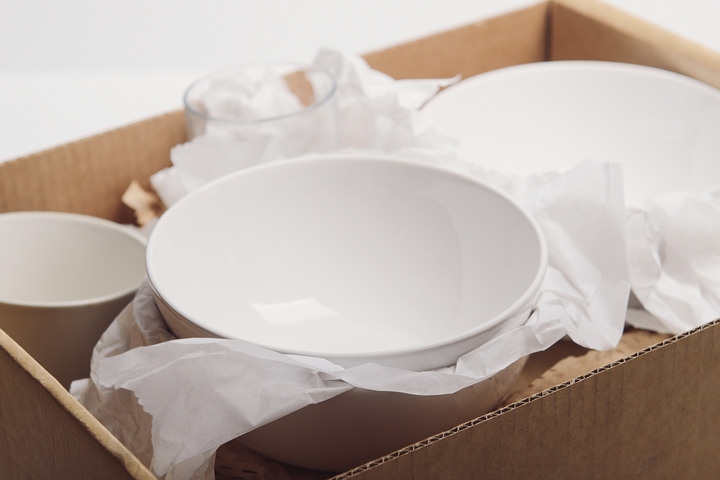
Plates can be surprisingly resilient at times. However, they are also quite susceptible to breakage, especially if they are made with a flimsier material. When you are moving, one of the possible scenarios is that your plates may get chipped and break apart. This is likely to happen when you have many plates that come loose and unsecured inside the moving boxes.
To prevent breakage, each plate should be wrapped and secured with lots of packing paper. The paper quality should be thick enough to withstand damage, but also soft enough to avoid scratching your plates. There should be paper layered between each plate, and keeping the plates separate will make them less likely to clash against each other.
2. The plates should not be packed flat in boxes.
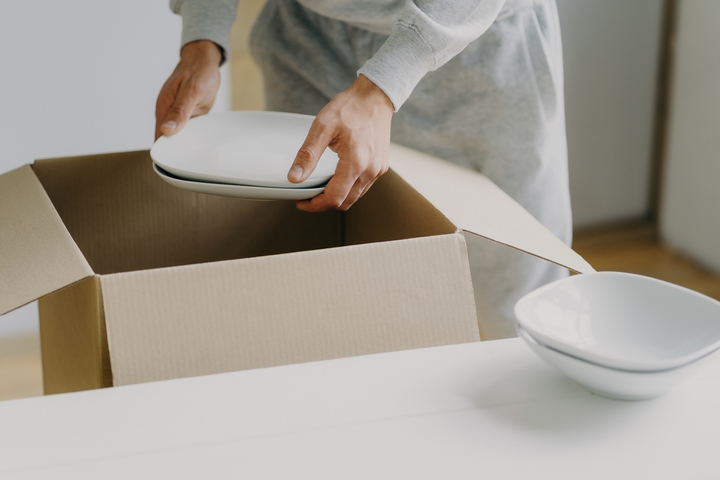
When you pack the plates for moving, it may seem sensible to set them in a neat orderly stack. Since this is how you place the plates within your kitchen cupboards, you may be tempted to pack them in the same way for your moving boxes. However, doing this increases the risk of your plates breaking. When plates are placed flat and stacked in a horizontal position, they are more apt to break.
The best way to pack plates is to set them vertically. You should insert each plate into the box in a vertical position, while being careful not to let anything fall over. If you notice the plates shifting, you can fill up the extra space with soft items like towels and cloths.
3. Pack the glasses with bubble wrap.
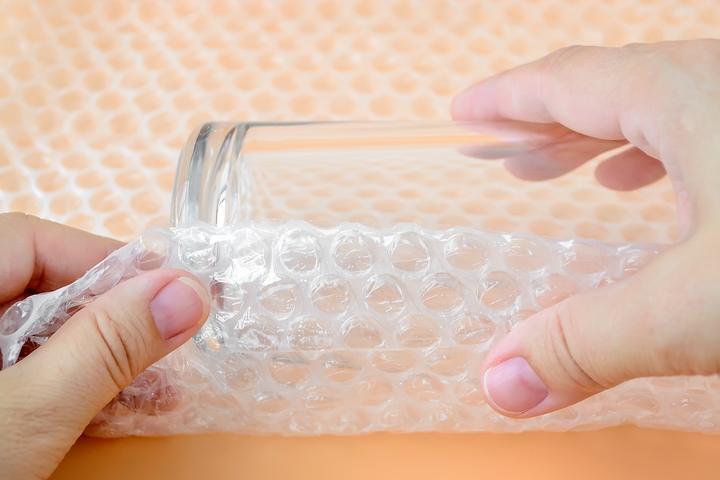
Your glasses, mugs, and cups are vulnerable to shattering. You will need a stronger and more durable material than paper to keep the glassware secured. Bubble wrap is one of the best materials to use for packing glasses. Carefully wrap the material around the outside of the glass, including the handle. Remember to be very gentle because you are handling delicate glass.
The glasses should be packed into a separate box from the plates. Before doing so, you should put several crumpled sheets of packing paper on the bottom of the box. This will give your glasses an extra soft cushion of padding and protection.
4. Be careful when stacking items on top of each other.
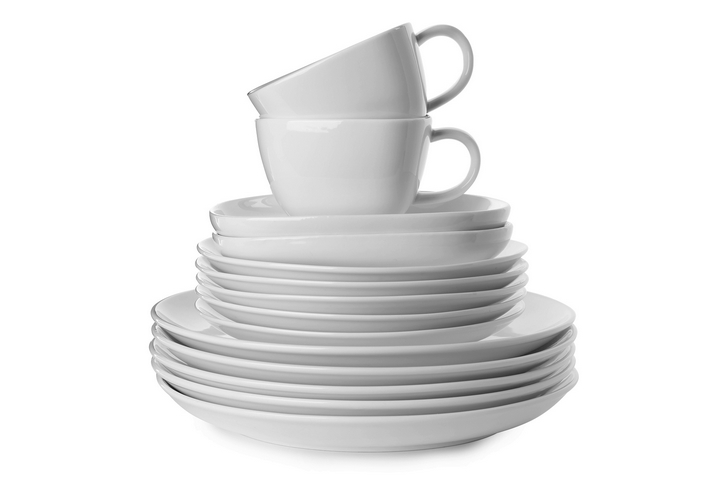
At your discretion, you may have enough room to add more than one stack of plates or glasses into the same moving box. When adding an extra stack on top of another, you should place the more durable items on the bottom. This will ground the box and keep the more delicate items from being crushed.
Before you add a second layer on top, cover the bottom layer with a generous amount of bubble wrap. You want as much protection between the two layers as possible. Due to the fragile nature of plates and glasses, it is not advised to have more than two layers in the same moving box.
5. Don’t pack too many plates or glasses into one box.
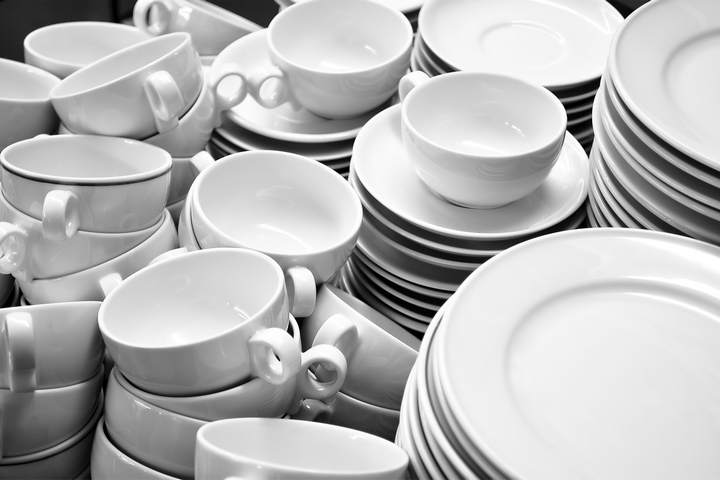
As you pack the plates and glasses for moving, be careful not to overload the boxes with too much weight. If the contents are too heavy, this will increase the difficulty of transporting the boxes, which also raises the probability of an accident. You don’t want the heavy boxes to slip from unsuspecting hands and have all your plates shattering on the ground.
6. Pad your moving boxes adequately.
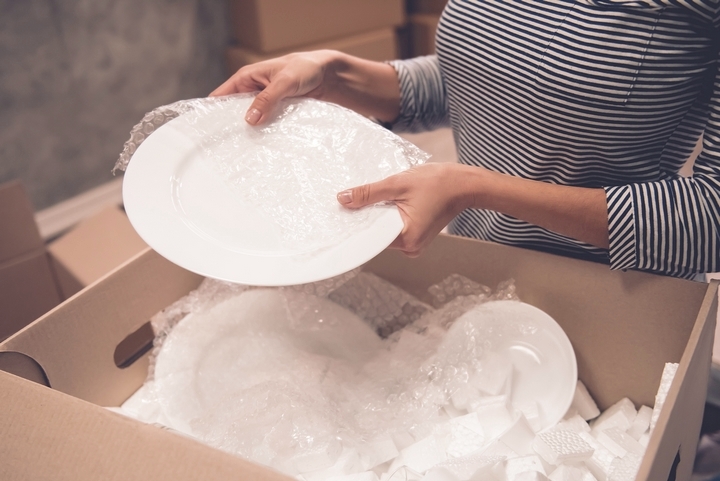
For more protection, you may want to give your moving boxes an extra layer of padding. Gather any clothes, towels, and spare fabrics to pack along with your plates and dishes. The objective is to fill the loose areas in the boxes as much as possible. In case the box is jostled during the move, the additional padding will firmly protect your plates and glasses.
7. Use empty buckets to pack your plates.
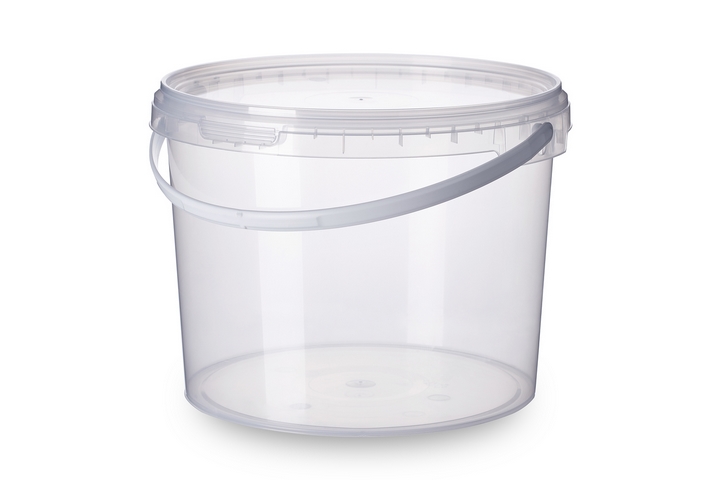
Even though this method may seem unconventional, packing your plates in empty paint buckets is surprisingly effective. Simply take an empty paint can, layer the plates as usual, and place them inside the canister. With the plates stacked flatly on top of each other, the sturdiness of the canister will provide the necessary protection. You may find it easier to transport these canisters rather than the moving boxes.
